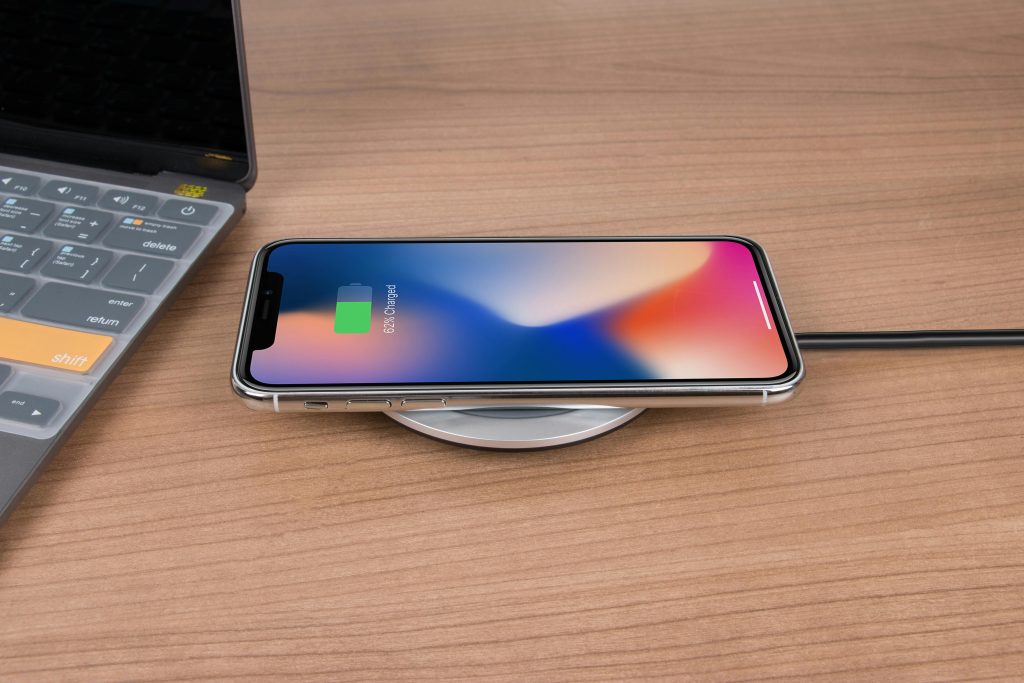Troubleshooting the “Your Connection Is Not Private” Error: A Personal Experience
Hello Readers,
Today, I want to share an intriguing technical challenge I recently faced—one that, despite my three years in tech support, left me quite perplexed. I encountered a persistent error message on my computer: “Your connection is not private.” This ominous notification popped up regardless of the website I attempted to access while using my Ethernet connection, although everything worked smoothly over Wi-Fi.
The Error Explained
The error message indicated a possible security risk, stating: “Attackers might be trying to steal your information from NET::ERR_CERT_COMMON_NAME_INVALID. Naturally, this raised concerns about my online safety and prompted me to investigate further.
Steps I Took to Resolve the Issue
Determined to solve this dilemma, I employed a variety of troubleshooting methods. Here’s a summary of my efforts:
-
Adjusted Date and Time Settings: Ensured that my system clock was accurate, as incorrect time settings can lead to certificate errors.
-
Cleared Cache and Cookies: I performed this operation in both standard and incognito browsing modes to rule out any stored data conflicts.
-
Tested Different Browsers: I tried accessing sites using various web browsers to see if the issue was browser-specific.
-
Executed Winsock Reset and DNS Flush: These commands can help resolve networking issues, so I followed through accordingly.
-
Restarted the Router and Changed Ports: Since my setup involved only one Ethernet-connected device, I restarted the router and tried different ports.
-
Set Manual IP and DNS: I altered my IP address and DNS settings to see if that made any difference.
-
Checked Proxy Settings: I made sure that my proxy settings were correctly configured and not inadvertently blocking my connection.
-
Cleared SSL State: I also cleared the SSL state in Chrome to eliminate any SSL-related issues.
-
Reinstalled Network Drivers: Updating the network adapters can sometimes resolve connectivity problems, so I uninstalled and reinstalled them.
-
Modified Chrome Shortcuts: I attempted to add
"-ignore-certificate-errors"to my Chrome shortcuts in hopes of bypassing the warning. -
Antivirus and Windows Defender: With no third-party antivirus installed and Windows Defender disabled temporarily, I hoped to narrow down the causes
Share this content:



